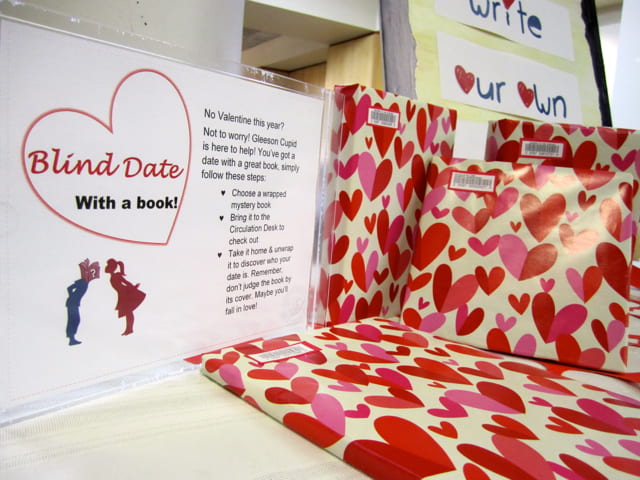Singles awareness day. A conspiracy by greeting card and candy companies. Causes an uptick in suicides. Valentine’s Day sure got a bad rap in contemporary society. Why we so jaded? Is there anything about this holiday that is worthy of celebration?

First off, let me refute BuzzFeed‘s assertion that there is a higher instance of suicides on Valentine’s Day. Lester, writing in Perceptual and Motor Skills (a peer-reviewed, academic journal) says, “The present data from the USA for 1972 to 1987 do not reveal an abnormal number of completed suicides or homicides on St. Valentine’s day” (1990, p. 994). Further, Barker et al., writing in Australasian Psychiatry, point out that the effect of the holiday may depend on country, and their Australian study “failed to find an increase in suicides on Valentine’s Day” (2014, p. 125). If you run a search in the library’s Fusion database using the keywords suicide and valentine’s day, you will see studies from other countries as well. Also important to note is the difference in data generated by analyzing attempted suicide vs. completed suicide, and other varying degrees of self harm. Don’t always believe what you read on BuzzFeed, because not only is their assertion unbased, but the “study” they link to is actually an interview with a crisis center director, not a study.
Next, let’s take a look at other research sources that will give us a background of the holiday, and maybe help us celebrate giving and receiving love. If you do a simple keyword search for valentine’s day in Fusion, there is a “research starter” at the top of the page that gives you an overview of the holiday, culled from Encyclopædia Britannica. Click here to view whole encyclopedia entry, but interesting to note is that it became a romantic day to celebrate in the 1300s, there is dispute over which Saint Valentine it is named after, and like many modern holidays, it is connected to a Roman holiday, Lupercalia. To read more overviews of the holiday—some of which actually contradict Encyclopædia Britannica‘s Valentine’s Day information—head over to Gale Virtual Reference Library and run a search on valentine’s day. Did you know that on Valentine’s Day “in 1999, about 3,000 couples in Belarus attempted to set a new world record for the largest kiss-in (previously held by 1,600 couples in Spain); in 2002 more than 1,000 students and teachers at a South African high school went for the world’s biggest hug-in” (Valentine’s Day, 2010)? Isn’t that fun?
If you’re still curious about the holiday, go back to your Valentine’s Day search in Fusion, and click on the scholarly (peer reviewed) journals facet on the left side of the result screen to get rid of the news articles and other fluff. Here you’ll see some interesting, unexpected stuff, like articles on how Valentine’s Day influences perceptions of relationship functioning, mocking Victorian valentines, how the pressure of Valentine’s Day manifests in men’s behavior, and how the timing of the Valentine’s Day holiday affects birth rates. Who thought so much legitimate research could be written about the holiday BuzzFeed loves to hate?
Above all, though, Gleeson Library urges you to celebrate Valentine’s Day as best you see fit. You could come in to the library for a blind date with a book, stop by the Open Heart Workshop on 2/12 to make valentines, or start practicing for your audition for a part in the Vagina Monologues!
References
Barker, E., O’Gorman, J., & De Leo, D. (2014). Suicide around public holidays. Australasian Psychiatry, 22(2), 122-126.
Lester, D. (1990). Suicide and homicide on St. Valentine’s Day. Perceptual And Motor Skills, 71(3 I), 994.
Valentine’s Day. (2010). In C. D. Abbey (Ed.), Holidays, Festivals, and Celebrations of the World Dictionary (4th ed., p. 790). Detroit: Omnigraphics.
Valentine’s Day. (2014). Encyclopædia Britannica. (September 2014): Research Starters, EBSCOhost (accessed February 11, 2015).

